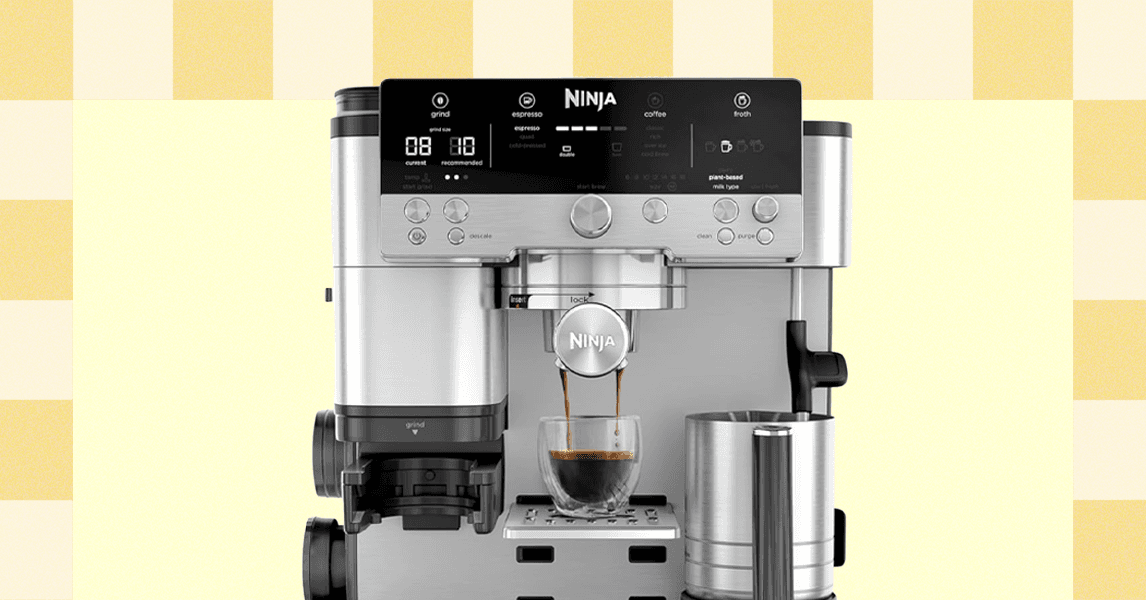Mini PC specialist Geekom has shared a video which shows its latest IT15 model being subjected to unnatural levels of violence. We are accustomed to seeing devices, particularly portable ones, being dropped, crushed, and splashed as part of standard endurance testing. However, this cute little machine, packing up to an Intel Core Ultra 9 Processor 285H processor, endures torture like being spun in a washing machine, being hit by a sledgehammer, extremes of heat and cold, and the indignity of being dragged along the road by a motorbike. The PC survives intact, but with a few grazes, and we see it boot up at the end of the video.
⚠️ Warning: The following content is extremely satisfying.Get your GEEKOM IT15🔗 https://t.co/rJjwsLAbnMGet 10% off with CODE: IT15F—-#GEEKOM #MiniPC #tech #computer #Ultra #TechSolutions #extremechallenge #ExtremeGaming #test #hardware #pcbuild pic.twitter.com/3FXj2m70fdJune 20, 2025
Expand the tweet above to see the video. At the start of the video, the Geekom IT15 is inexplicably carried in a reinforced aluminum flight case, lulling it into a false sense of security, perhaps. Then the horror begins.
A 1.8-ton car runs over the little 0.46-liter NUC-style device at least twice. It is then hung up by a thread and walloped with a baseball bat. Geekom’s digital assassins were intent on whacking the IT15 some more, so they also sledgehammered it as it sat beneath two concrete blocks.
You may like
Image 1 of 4
(Image credit: Geekom)(Image credit: Geekom)(Image credit: Geekom)(Image credit: Geekom)
The punishment continued as the IT15 torturers decided to drag the little machine along a tarmac road, pulled by a motorbike at high speed. Just when you think it might end, seeing the device being carried carefully on top of a stack of books, it gets “dropped from height” down concrete steps. Someone in the Geekom team seemed to have then remembered that tests of devices enduring cold and heat were typical ruggedness assessment fare, so we saw the device chilled by sub-zero gases and then subjected to a blowtorch.
After such rough treatment, the IT15 might be due a clean, right? But throwing a mini PC in a washing machine for a “violent spin” probably isn’t advisable – so they did just that. It was a dry wash program, and not for too long, though.
At last, the pummelling of the Geekom IT15 does actually come to an end, and we get a close-up of all its battle scars. Your local used mobile phone emporium might refer to this as ‘Condition A minus.’ After taking it from the washer and plugging it into power and a monitor, the IT15 appears to have weathered all the abuse without affecting its computing ability. The probably inadvisable penultimate caption of the video proudly declares, “It just won’t break,” which some will see as a challenge.
Video shows “serious testing”
We reached out to Geekom regarding its extreme testing of the IT15 to ensure it was genuine. Our contact insisted that the video showed “serious testing,” and that a lot of the product’s rugged nature is due to the ABS shell, which is “cushioned and, together with the sturdy internal metal frame, is particularly robust.” Actually, the firm’s official product pages include some durability claims, such as the device being able to “withstand 200kg of force without deformation,” and the all-metal frame and base adding to its strength.
Image 1 of 4
(Image credit: Geekom)(Image credit: Geekom)(Image credit: Geekom)(Image credit: Geekom)
Beyond being tough, other notable specs of the IT15 include the device’s compact size, and its decent expandability options (an extra M.2 2242 SSD slot, and room for a 2.5-inch SATA drive), plus it offers a broad selection of modern ports for its size.
Geekom’s recently launched IT15 is currently available direct, or from its Amazon store. We note that there’s a $200 coupon available on Amazon US at the time of writing, which brings the top Intel Core Ultra9 285H, 32GB RAM, plus 2TB SSD storage configuration down to $999.
Follow Tom’s Hardware on Google News to get our up-to-date news, analysis, and reviews in your feeds. Make sure to click the Follow button.










